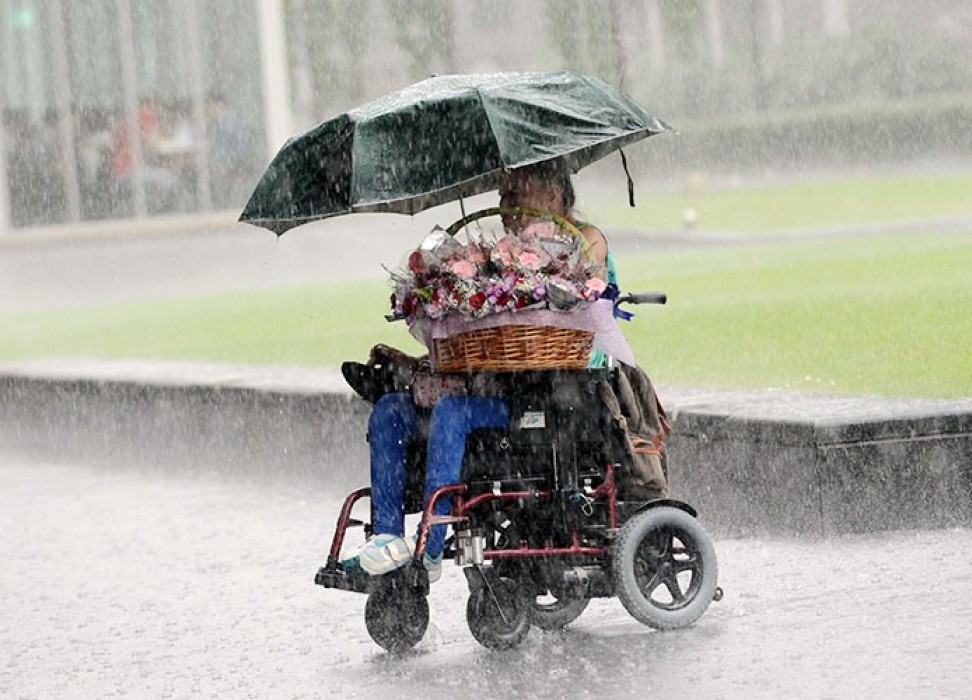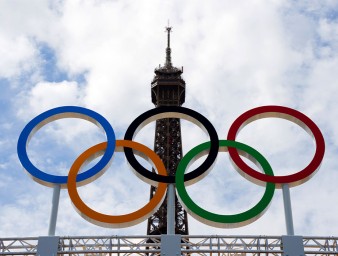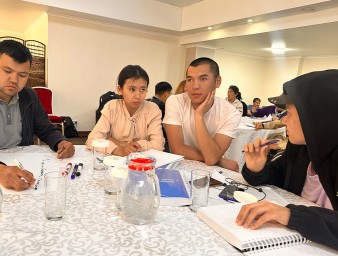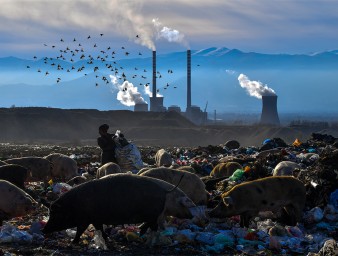Persons with disabilities disproportionately affected by climate change
24 July 2020

When it comes to climate change, persons with disabilities are disproportionately affected by the impacts, and one of the biggest reasons for this, is that most persons with disabilities live in poverty, said UN Deputy High Commissioner for Human Rights Nada Al-Nasif.
“Given that persons with disabilities are disproportionately affected by climate change, their voice must be taken into account in climate action efforts,” she told the Human Rights Council. “Both as beneficiaries and as decision makers in policies raising and responding to their concerns.”
Al-Nasif made her comments during a panel discussion on the rights of persons with disabilities in the context of climate change. The panel brought together experts and Member States to discuss ways to improve climate action to protect human rights of persons with disabilities.
Climate change is one of the main threats facing humanity, yet people with disabilities have been practically absent from these discussions and there is little literature on the impacts of climate change on their rights, said UN Special Rapporteur on the rights of persons with disabilities, Catalina Devandas Aguilar. In order to leave no one behind, climate action must take their needs into consideration, she said.
“We must recognize that climate change and its adverse effects are not an accident of nature, but the result of decisions made by human beings,” said Catalina Devandas Aguilar, UN Special Rapporteur on the rights of persons with disabilities.
A report by UN Human Rights found that poverty, stigma and discrimination were the three key components which expose persons with disabilities to the impacts of climate change. Deborah Iyute Oyuu, on behalf of the International Disability Alliance, said instances of injustice against persons with disabilities were far from rare and this global crisis only serves to put the inequalities into stark relief.
“Climate change is not the main cause of our hardships, but it is rather the social exclusion that we experience regularly in our daily life, the denial of our rights and the lack of legal protection,” Oyuu said, using sign language. “Solutions… must address the root causes of social injustice, discrimination and inequality affecting persons with disabilities.”
In the Philippines, which experiences on average 20 tropical typhoons annually, the Government has conducted advocacy campaigns on disaster inclusiveness for persons with disabilities, said Amalia Decena, president of Handicapables Association of Cagayan. She said her organization works with the Government and others to “assist in awareness raising efforts to ensure that policies and programmes concerning the rights of persons with disabilities in the context of climate change cascade to the grassroot level.”
Any climate action taken should foster the dignity of persons with disabilities rather than reinforce existing social injustices, said Sébastien Jodoin, Assistant Professor at McGill University Faculty of Law. For example, development of mass transit systems is key to reducing carbon emissions from cars in many parts of the world. But, he pointed out, many of these systems are inaccessible to someone with physical mobility or visual impairments. However, ensuring that mass transit is accessible would benefit a wider range of users.
“By empowering disabled persons and meaningfully including their rights, ideas and perspectives, a disability rights approach has the potential to generate climate solutions that resonate with a greater share of the population,” Jodoin said.
24 July 2020



